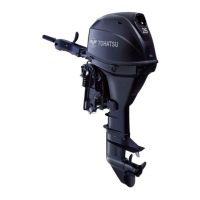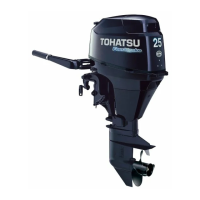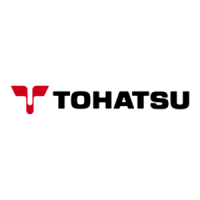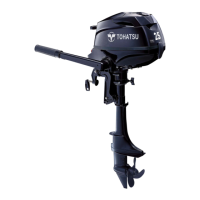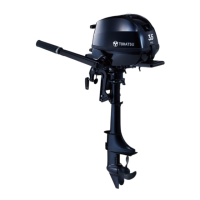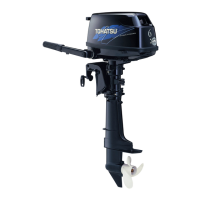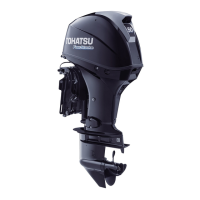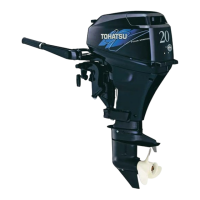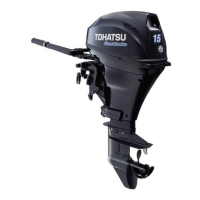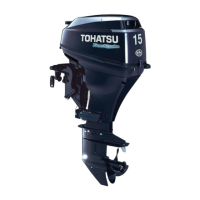Why is my TOHATSU MFS 30C difficult to start?
- RRyan RobertsonAug 21, 2025
There are several reasons why your TOHATSU Outboard Motor might be hard to start. It could be due to an empty fuel tank, so ensure you fill it. Other potential causes include an incorrect fuel system connection (check and correct it), air entering the fuel line (inspect for leaks), a deformed or damaged fuel hose (replace it), a closed air vent on the fuel tank (open it), a clogged fuel filter, vapor separator, or fuel pump (clean or replace the clogged components), a fuel pump malfunction (inspect and repair), use of improper engine oil (use the correct oil), use of improper gasoline (refuel with the correct type), or high pressure fuel pump (FFP) low performance or clogging (check performance and clean/correct the fuel pump).
